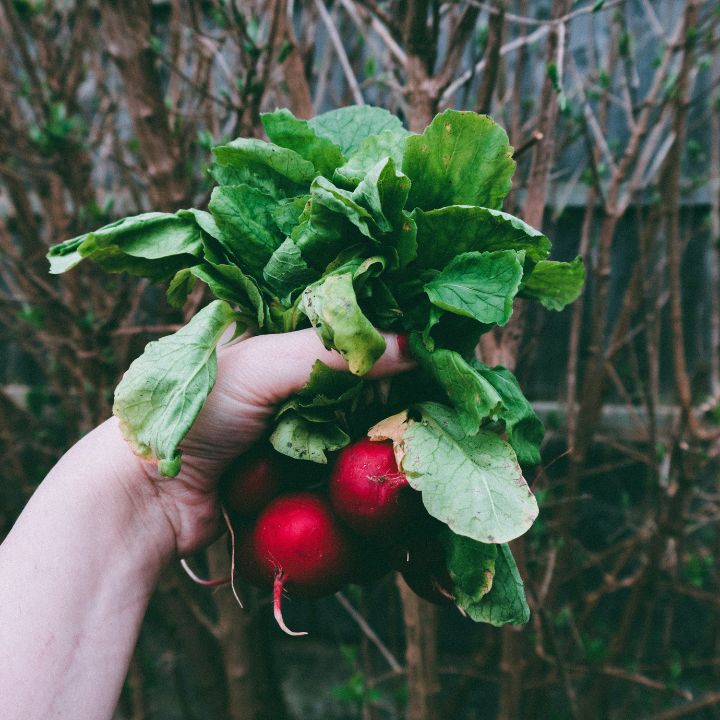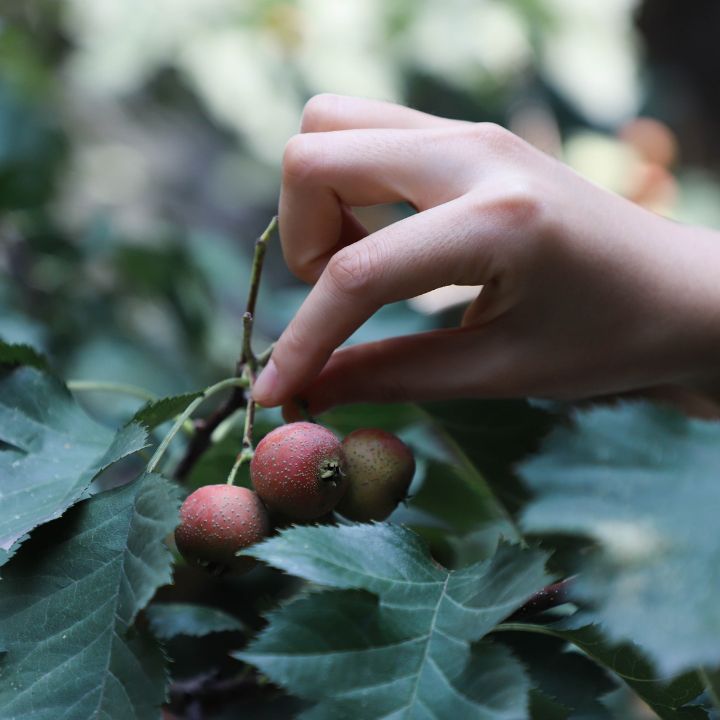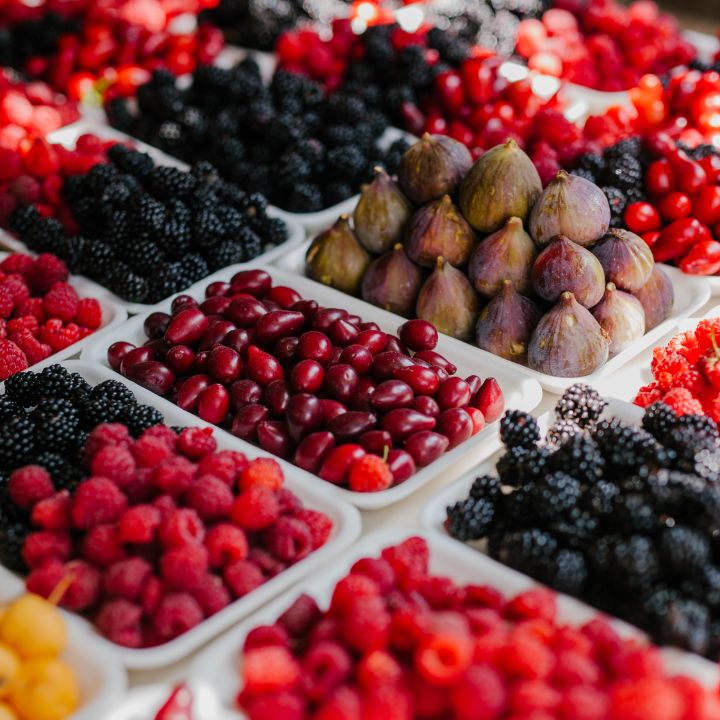Maximize the Harvest From Your Garden
Tips & Tricks for a Plentiful Growing Season
You have your garden, but how to know when to harvest? You’ve put so much work into your garden-preparing the groundwork, from positioning your plants to optimize sun exposure, and nurturing them all through their growth cycle. When it comes time to harvest, there are plenty of things to keep in mind. A proper, well-timed harvest will not only ensure the best yield from your garden, but it will also set you up for success in the next growing season.
Gardening can be tricky, and best practices do vary according to your area and climate. With that in mind, if you’ve made it to harvest time, you’re doing a wonderful job already! Congratulations on your successful growing season. Now that it’s about time to harvest, it’s time to switch gears. Here are some tips and things to consider for your garden harvest.
Tips to Know When to Harvest
Harvest According to Your Growing Season
Your first and last frost dates determines your hardiness zone and growing season. Just like you don’t want to plant before the last frost, you don’t want to wait too long to harvest, otherwise you might lose produce to frost. Check the forecast, and harvest what you can before the frost. A great way to extend your growing season is with a greenhouse. Here is an affordable greenhouse that is easy to assemble.


Keep a Close Eye on Things
Like we mentioned earlier, if you made it to this point, you’re already doing a great job with the gardening. This is a pretty crucial time, though. It may seem like your garden ripens all at once, and you might miss out on produce if you don’t harvest in time. Ripe fruit and vegetables attract wildlife, and rotting produce will just attract disease-causing insects. If you’re worried about wildlife getting to your harvest, you might want to consider garden netting for your plants-especially tomatoes.
Check the Harvest Recommendations for Each Plant
Frost dates and growing seasons aside, harvest times are a bit nuanced. Rather than one-harvest-time-fits-all, there are different recommendations for different plants. Lettuces and herbs taste best when picked early, while melons are best harvested when they practically fall off the vine. To eliminate some guesswork, consider investing in a comprehensive gardening handbook like this one.


Remove Dead Foliage and Damaged or Rotting Produce
To set yourself up for another successful growing season, be sure to keep your plants healthy. Damaged limbs, foliage, and produce take precious water and production energy from the plant. Another danger is plant disease. Mildew and rot spread quickly when rotting plants and produce are left in the garden, and can kill plants that you’ve worked so hard to nurture.
Harvest Carefully
Careless treading and rough harvesting can injure your plants, sometimes irreparably. Make sure not to step on your plants’ root zones, and harvest your produce gently with sharp garden shears. Twisting and pulling can damage your plant’s limbs and damage the produce itself. Also be aware of new blooms on your plants, since damaging these might hinder the growth of more produce.


Remove Struggling Plants or Those Finished Producing
Just like dead foliage and damaged produce, struggling produce can attract and spread disease throughout the garden. Keep an eye on the health of your plants throughout the growing season, and if a sickly plant doesn’t respond to treatment, go ahead and pull it. It’s best to dispose of diseased plants so there is no risk of the spread of disease. If a plant is simply finished producing, you can keep it for compost! If you’re considering starting a compost pile, consider using a compost bin. These bins help the conversion process while keeping stinky odors contained.
These are just a few guidelines to get you started-remember that no one knows your garden better than you, and there are plenty of resources to help get you through your harvest. Just remember to take a minute to recognize your accomplishments, and have fun with it!

